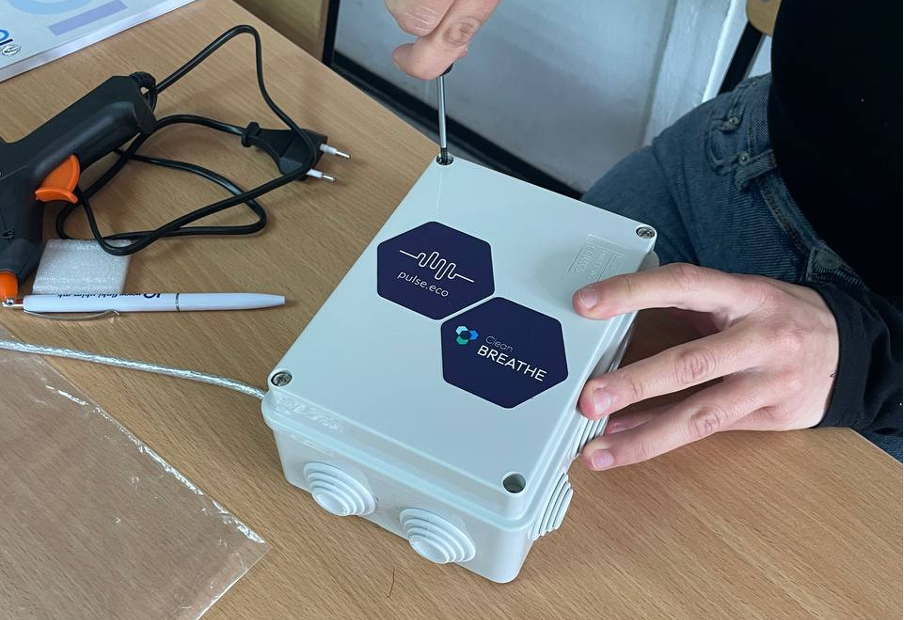SENSORS & PREDICTION
The latest guidelines from the World Health Organization (WHO) tell us that even a little bit of air pollution can harm our health. It can lead to different diseases like cancer, respiratory problems, heart problems, and even affect our brain. Most of this pollution comes from burning fossil fuels and other harmful things used in transportation, energy production, homes, factories, and farming.

When we talk about air pollution, we often focus on something called particulate matter (PM). These are really tiny particles in the air that can go into our lungs and bloodstream, causing serious health problems. Many scientists try to predict how much particulate matter there will be in order to make people more aware and give them strong evidence.
Air pollution is a big problem in the Balkan area, especially in North Macedonia. According to the WHO, the capital city of Skopje has the highest levels of particulate matter in Europe. This pollution affects the health of people in North Macedonia a lot and makes them more likely to get sick. It also makes life not so good there and not many people want to live or work in that kind of place. Because of this, there are fewer skilled workers and less money being invested in the country, which hurts the economy and education. The World Bank has suggested some things to help improve the air quality in North Macedonia. These include watching air pollution more closely, reducing pollution from different places, and getting the public involved in campaigns to raise awareness and support.
Predicting air pollution is really important for keeping people healthy and protecting the environment. When we can accurately predict how polluted the air will be, authorities and individuals can take action beforehand to reduce the harm it can cause. Prediction models help us figure out which areas are at high risk of pollution, anticipate when pollution episodes might happen, and make decisions about activities that could make the pollution worse. This information is also useful for creating effective plans and strategies to lower pollution and improve the quality of the air in the long run.
Scientists use different methods to predict air pollution, like analysing data, using computer models, and advanced technologies. One common method is using computer models that simulate how pollutants move and spread in the air. These models take into account things like weather data, the amount of pollutants being released, and how they react chemically to predict pollution levels. Machine learning algorithms are also being used more and more to make predictions more accurate. These algorithms analyse big sets of data and find complicated patterns to help us understand and predict pollution levels based on specific factors.
Another important tool for predicting air pollution is satellites. Satellites have special sensors that can measure pollutants in the Earth’s atmosphere from space. This information gives us a big-picture view of pollution over large areas and helps us identify where the pollution is coming from and how it spreads. By combining satellite observations with ground-based monitoring stations, we can make air pollution prediction models more accurate and get a better understanding of how air quality changes over different places. This helps researchers and policymakers make smart choices to protect public health and the environment.

